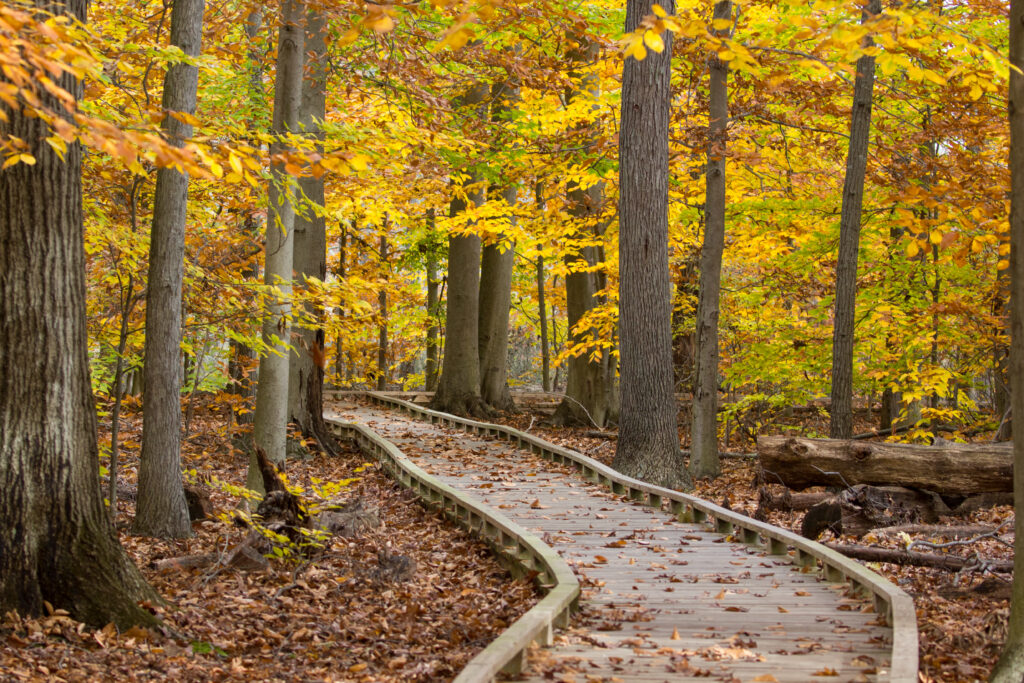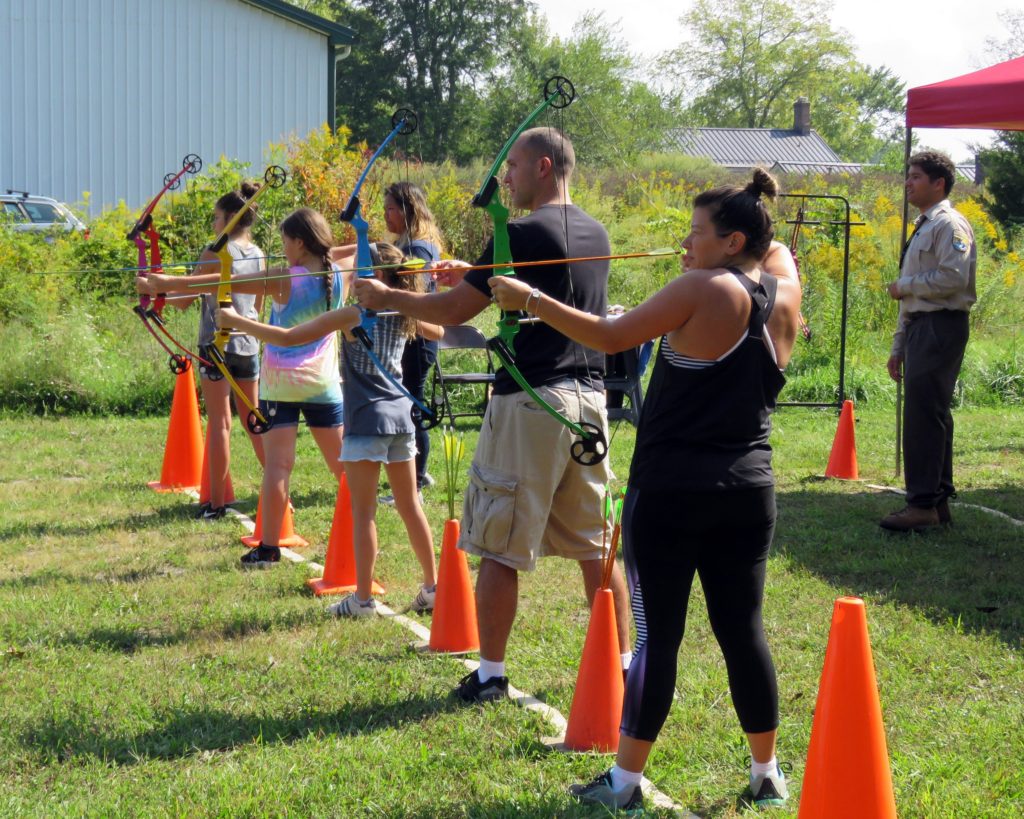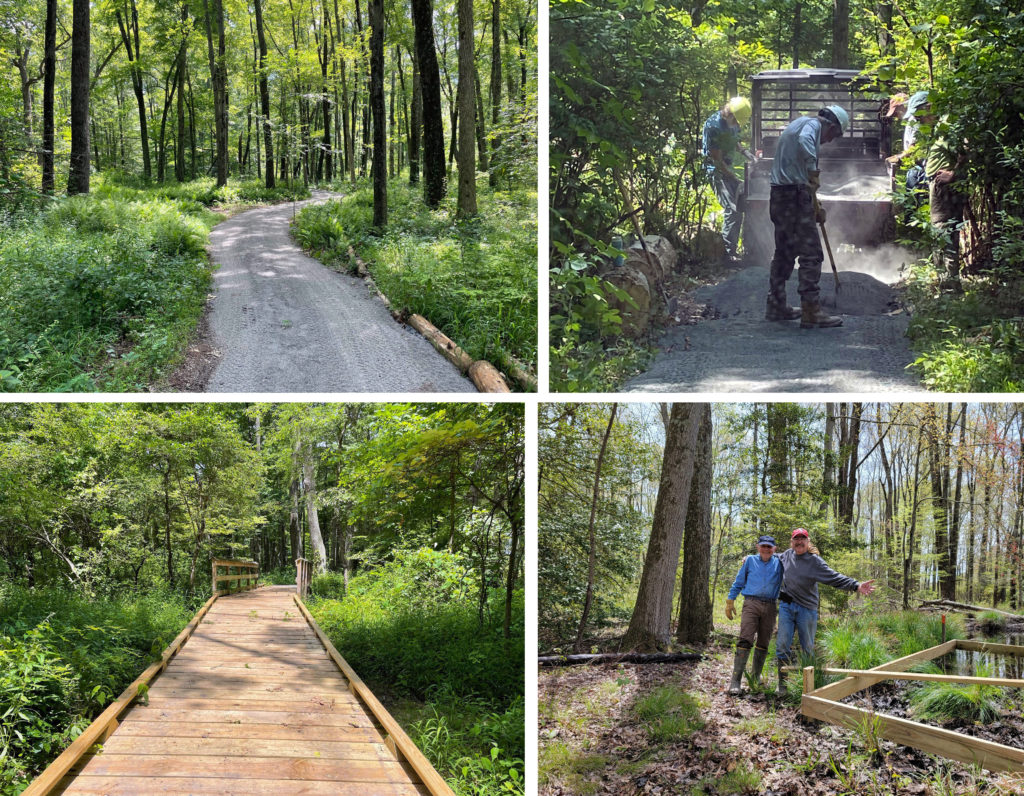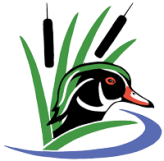On Saturday, October 1st, Friends of Great Swamp NWR hosted an awards presentation where the winners of the 2022 Refuge Photo Contest were announced. Thank you to the 48 photographers who submitted over 180 entries! The winners in each category are highlighted in the presentation below. To see all the entries visit the Friends YouTube site at https://youtu.be/QsTInL_DuvQ

On Saturday October 1st at 11am, Friends of Great Swamp NWR will host an awards presentation where the winners of the 2022 Refuge Photo Contest will be announced. This year we received 182 entries from 48 photographers with lots of really great photos!
Due to the inclement weather forecast, this event will be held via zoom. Registration is required.
 Celebrating National Public Lands Day
Celebrating National Public Lands Day
After two years, the annual Fall Festival is back! It’s a day of family-friendly fun for all ages. Activities will include target archery and the hoverball shooting gallery, river seining in the Passaic, guided tree and nature walks, as well as crafts for kids.
Play our giant jenga game, earn your Junior Refuge Manager badge, and download our nature smartphone app, “Agents of Discovery”. Enjoy the exhibits and displays from our Great Swamp partners. The Friends will serve free hot dogs from the grill and there is plenty of parking.
Welcome the Fall season and help celebrate your public lands at Great Swamp National Wildlife Refuge. Helen C. Fenske Visitor Center, 32 Pleasant Plains Road, Harding Township, NJ. Exit 30A from Route 287 – follow posted detour.
Right now is the peak of the Ruby Throated hummingbird season, so it’s especially important to keep your feeders clean and filled with fresh nectar.
While you may not have seen many earlier in the season, due to nesting, they are plentiful now. Fledglings and adults alike are busy bulking up on insects and nectar for their long migration flight to Central America, going as far south as Panama. In the next few weeks, all will migrate, with males leaving first, followed by females and fledglings.
By the end of September, all will be gone, but it is very important to leave your feeders up for at least two weeks after you see the last one. This helps any stragglers or those migrating from north of here. It’s always sad when they leave, but they’ll be back again next April, with many returning to the same exact location.
-Article by Dave Katz
Phase II of the White Oak Trail renovation project, a distance of about 1,700 feet, is nearing completion. By the end of September this section of the trail will be reopened. Phase II entailed widening two bridges to seven feet, installing numerous drainage culverts, adding underlayment, and the spreading of 80 tons of stone dust on long stretches of trail. A new section of boardwalk and a deck overlooking a vernal pool will also be constructed. This work is being done by ten volunteers of the Friend’s Construction Crew, and is funded by Friends and U.S. Fish & Wildlife. Work on Phase III, the last 1,700 feet of the trail, will begin in Spring 2023.


Dragonflies are not a pesky insect! On the contrary, they devour insect pests, eating hundreds of mosquitoes, biting flies and gnats a day. Bring on the Mosquito Hawks!
This is an amazing insect. They are among the fastest and most agile of flying insects. They can hover motionless, fly upside down or backwards, and change tack in a blink.
Nearly all of a dragonfly’s head is eye – their enormous, compound eyes allow for nearly 360 degree vision. They locate, chase, catch and eat insects on the wing, grabbing their prey with their feet. They are deadly hunters (if you’re an insect), catching up to 95% of their prey every time.
They begin life in an aquatic larval stage and are an important food source for larger aquatic animals such as fish. The dragonfly larvae require clean water – just like us – and their presence indicates a healthy water supply.
Dragonflies do not bite or sting humans. But if you lived 320 million years ago, you might duck if you saw one coming as the ancient dragonflies had a wingspan of 24 inches – wow! two feet!
And that’s not all that’s amazing about dragonflies. To learn more fascinating facts, pick up some identification tips, and ask all your dragonfly questions, join Friends volunteers Corinne Errico and Paul Lauber on Sunday, July 10 at 1:30 pm for a fascinating program called Behold the Dragonfly! This will be a hybrid program, both in-person in the Pavilion at the Helen C. Fenske Visitor Center and virtually on Zoom. Registration is required for both. Sign up here.

